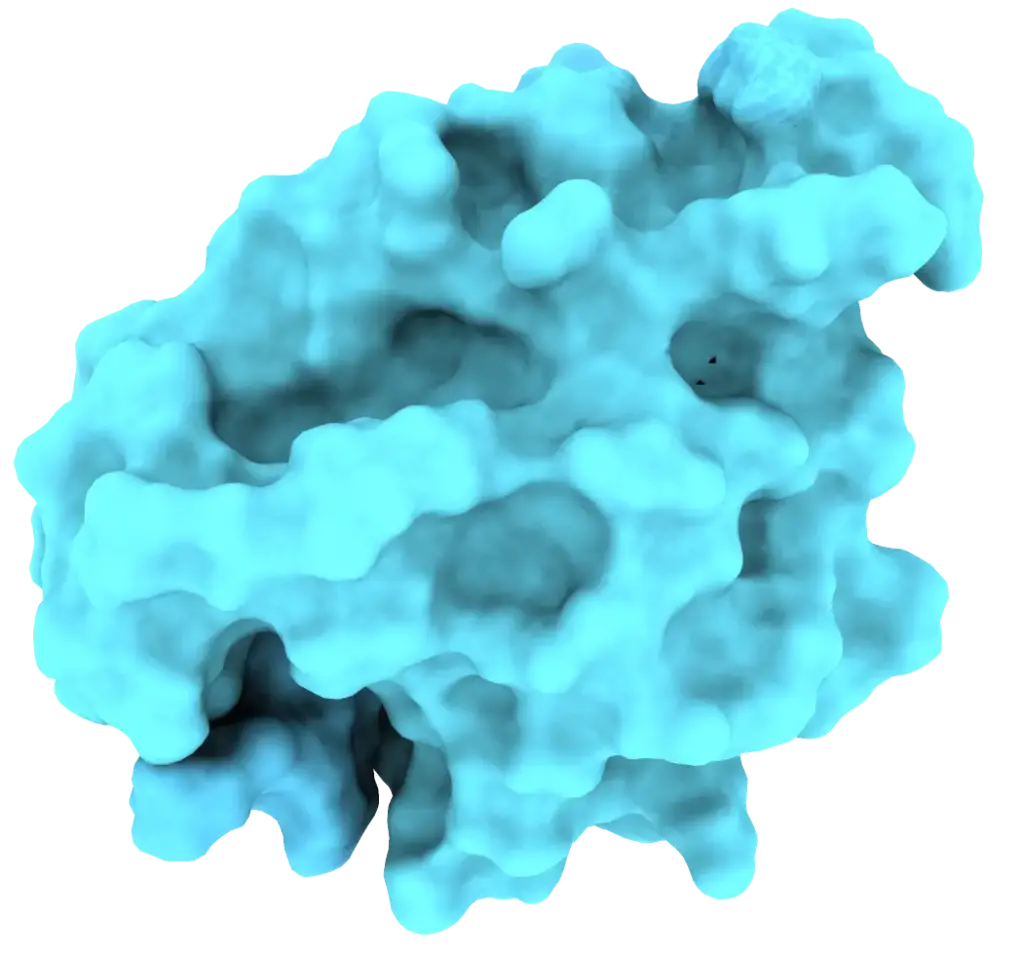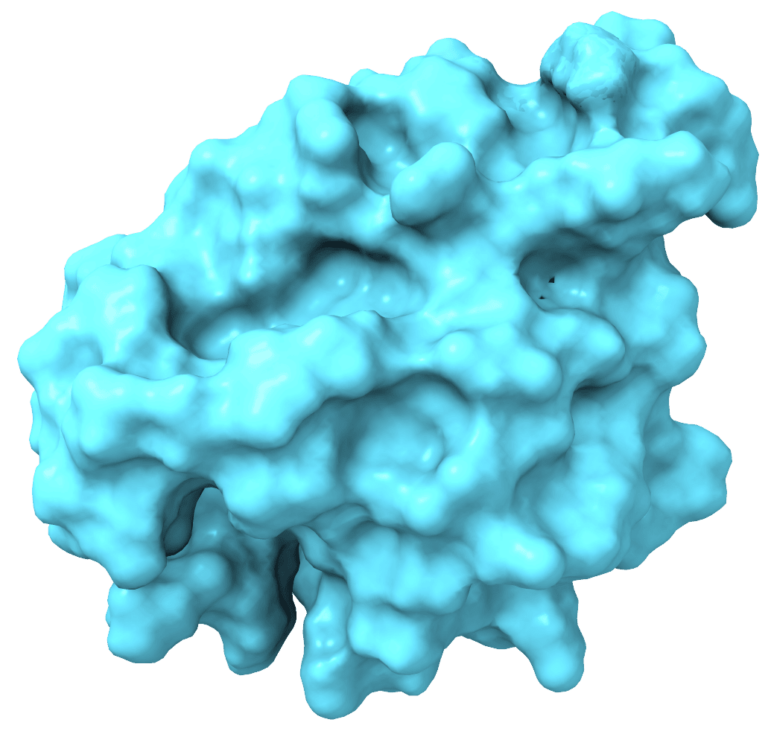
AI De Novo Protein Platform
The ground-breaking LuxSit™ Pro, de novo binders, and the biosensors that Monod Bio is developing are based on a dramatically expanded development space enabled by our AI-powered de novo protein design platform. Monod Bio is at the forefront of using AI de novo protein design for the development of new research use only (RUO) tools and in vitro diagnostics (IVD) for use in the central lab and point-of-care (POC) settings.
Binders
Monod Bio is developing de novo protein binders that provide for sensitive detection of proteins, peptides, and small molecules. These binders enable multiple RUO and IVD applications for high-value targets. These de novo binders are small and highly stable and require no post-translational modifications.
They may also be functionalized with enzymes, fluorescent probes, chemi- or bio-luminescent probes, or site specific surface chemistry.

Partner with Us: Achieve binders previously thought unattainable, developed in an exceptionally short timeframe. Our platform is designed to meet your exact specifications, from concept to scalable production. We manage the complexities of development, enabling you to receive high-performance solutions that drive innovation.

Biosensors
Monod Bio has created a novel AI/ML protein design platform to create novel protein biosensors. These protein tools are optimal for bioluminescent homogeneous assays that are quantitative, no-wash single-step, fast (<5 min) and use inexpensive reagents.
Commonly available laboratory equipment can be used to quantify the reporter signal.

